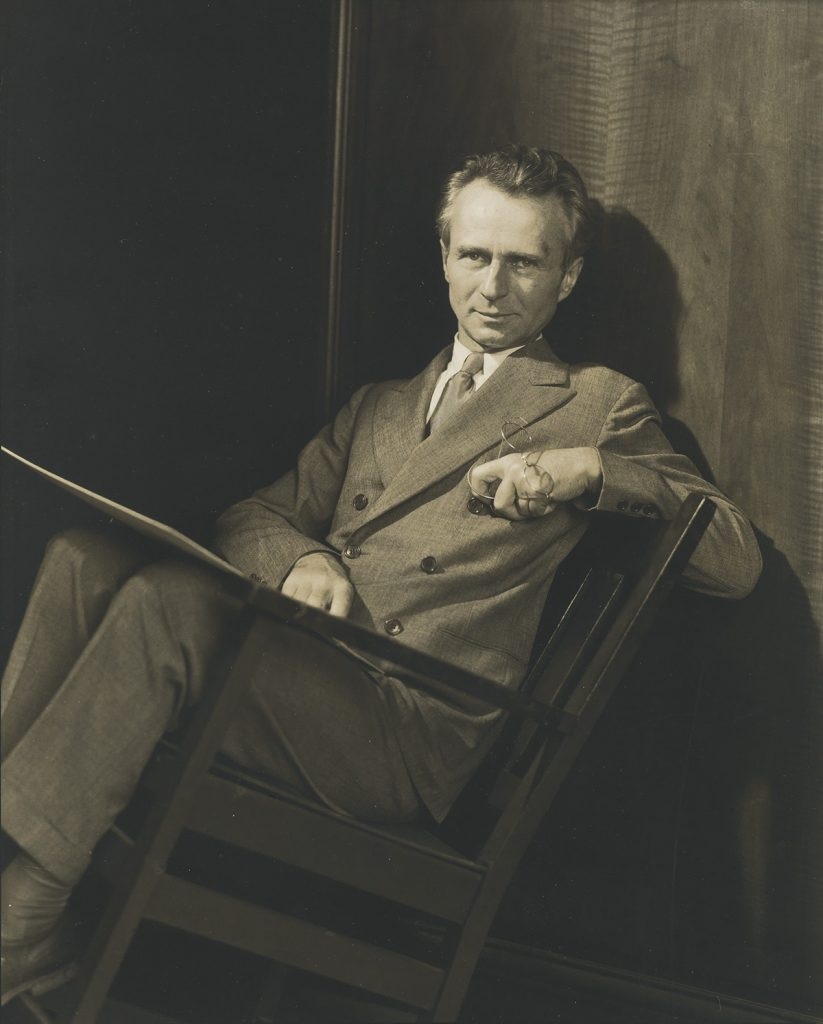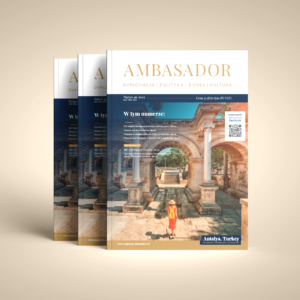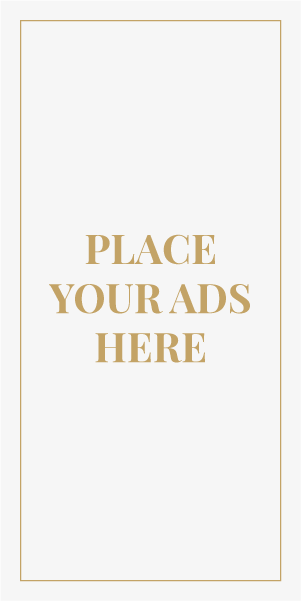The Museum of Photography in Krakow is hosting an exhibition of one of the most versatile and influential photographers of the 20th century, Edward Steichen. The exhibition is a tribute to his artistic legacy, which still inspires many photographers today. His biography is so rich that it could be used to create the biographies of several other photographic artists from the first half of the 20th century. Edward Steichen was a multi-talented painter, an acclaimed pictorial photographer, war photographer, aerial photographer, fashion photographer, commercial photographer, film documentarian, editor, head of photography at the Museum of Modern Art in New York, curator of exhibitions, and an accomplished gardener. Organised by him, his most famous exhibition, The Family of Man, attracted more than 10 million visitors in eleven years and was inscribed on UNESCO’s World Heritage List.
The exhibition, which can be viewed courtesy of the Musée National d’Archéologie, d’Histoire et d’Art in Luxembourg, includes eighty gelatin-silver prints made between 1899 and 1959. Twenty-eight are from his early period, when he was fascinated by symbolic painting and photographic pictorialism, of which he became a prominent representative. Landscapes, such as ‘Moonrise – Mamaroneck’ (The Pond – Moonlight), presented in the exhibition, have gone down in history from this period. The largest set of works in the entire exhibition are portraits taken for the two rapidly growing fashion and lifestyle magazines of the time, ‘Vogue’ and ‘Vanity Fair’, where he served as photo editor between 1923 and 1937. Edward Steichen created a modern aesthetic, inspired by modernist art and film, combining them with the dominant style of interwar art déco.
Edward Steichen’s cinematography was innovative and extremely dynamic for the time, as can be seen in the posing, set positioning, camera placement and handling of light. Steichen was able to establish a rapport with the model behind the lens, which enabled him to capture a gesture that brought out the character of the figure. Looking at the photographs, one gets the impression that the figures are not passive mannequins, but flesh-and-blood people who boldly look into the lens and reveal their hidden emotions to the artist. Edward Steichen himself emphasised in an interview in 1902: When I make a portrait, I am concerned to convey something of the human psyche. I am not content with a pure reproduction of his external features and expressions. Before I take a photograph, I want to get to know the man and his work, to look at him from different perspectives. He was keen to photograph his friends, artists, actors and also politicians. In the photographs on display, we can see the pensive Theodore Roosevelt, the real face of Charlie Chaplin, the mysterious Pola Negri, the famous Marie-Therese Dunkan lost in dance on the Acropolis, or Henri Matisse in his studio.
The prints presented in the Krakow exhibition were donated to the Luxembourg Museum in 1985 at the request of Edward Steichen. In accordance with the photographer’s wishes, part of his photographic legacy went to museums: the New York Museum of Modern Art, the British Royal Photographic Society, the Bibliothèque Nationale in Paris and the Art Institute of Chicago. The exhibition was held under the honorary patronage of Her Royal Highness the Hereditary Grand Duchess of Luxembourg and was organised thanks to the commitment of the Luxembourg Embassy in Poland.
Lorem ipsum dolor sit amet, consectetur adipiscing elit, sed do eiusmod tempor incididunt ut labore et dolore magna aliqua. Tellus in metus vulputate eu scelerisque felis imperdiet proin. Non blandit massa enim nec dui nunc mattis enim. Vestibulum rhoncus est pellentesque elit ullamcorper dignissim. Nulla porttitor massa id neque aliquam vestibulum. Odio euismod lacinia at quis risus sed vulputate odio. Laoreet sit amet cursus sit amet dictum. Elementum curabitur vitae nunc sed velit dignissim. Pulvinar elementum integer enim neque volutpat ac tincidunt vitae. Elementum integer enim neque volutpat ac tincidunt vitae semper quis. Leo vel orci porta non.



Sledź nas na: